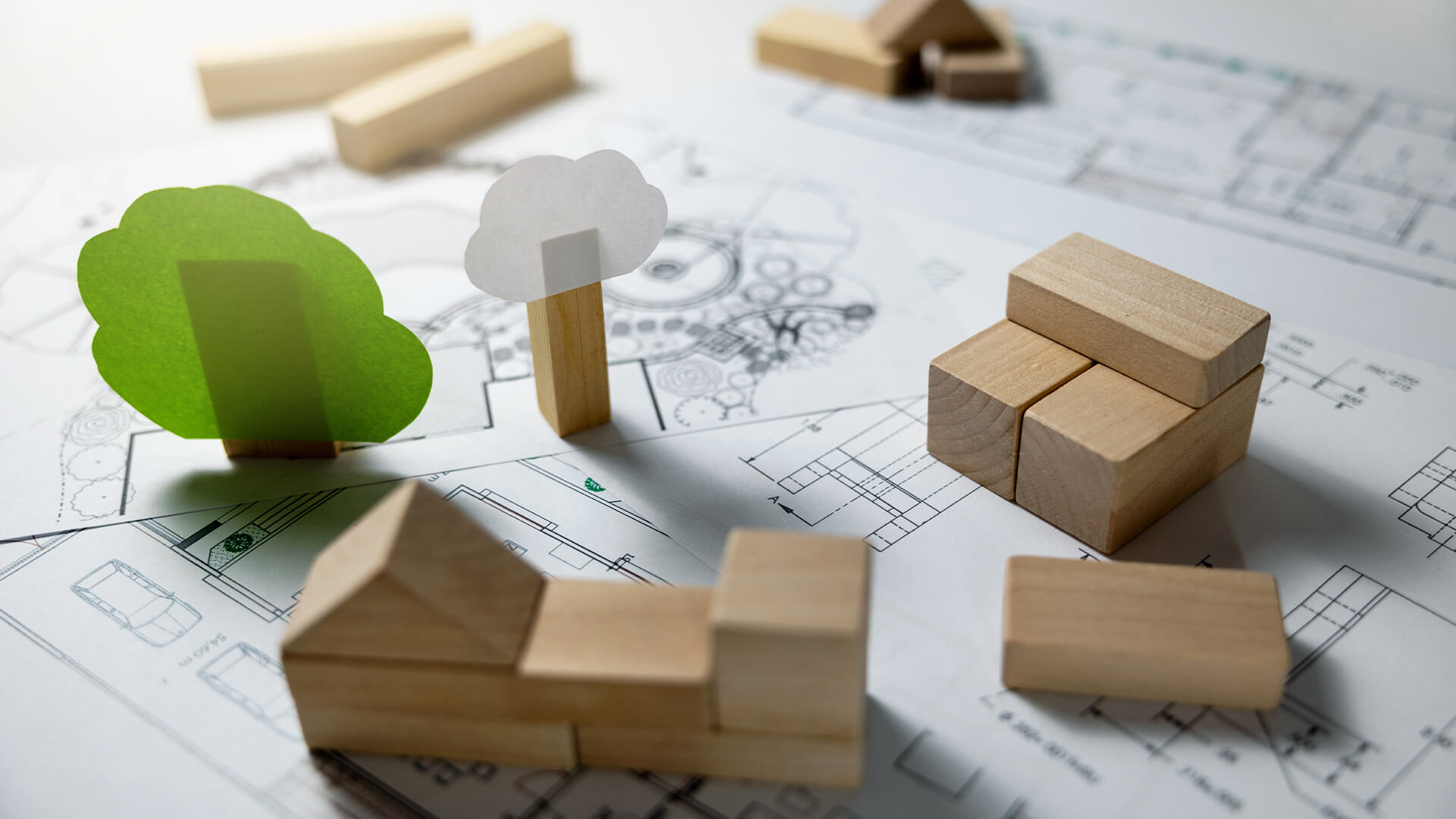A recent global report from the Economist Intelligence Unit revealed online searches for sustainable goods increased by 71 per cent from 2016 to 2021, proving that consumers have changed their buying habits.
It’s no longer enough for brands to produce just ‘any’ item. Customers want products that are kind to the environment, as well as guaranteed to last a long time. Expert design and graphic company Novograf explains what sustainability is and how your business can tick the right boxes.
What is meant by ‘sustainable’ products
The ultimate goal would be to live in a world where all products are made from raw materials that can then be reused over and over again.
Reality isn’t quite there yet; however, there are ways we can shrink our carbon footprint by expanding the lifespan of the products that we produce and consume. As a result of this, as much use will be gained for each kilogram of waste produced at the end of the lifecycle of a product.
Keep the three Rs in mind
If you’re serious about creating sustainable products that have a long life expectancy, keep the three Rs in mind.
Reduce – Maximise material usage and minimise waste, both in process and product.
Reuse – Adopt reprocessing practices that reinforce sustainability throughout the whole supply chain.
Recycle – Use natural or recycled materials. It’s the key to the sustainability of products!
Ross Campbell, Digital Business Development Manager at Novograf, commented: “The three Rs of sustainability are at the core of everything we do. To reduce waste, we’ve implemented clever nesting techniques to utilise offcuts, and when it comes to reusing, we reprocess packaging to reduce waste.
“Our base materials comprise of 30% recycled materials, and we’re currently working towards developing 100% recyclable products. All these small measures combined have resulted in <0.73% wastage in the last 12 months and challenging targets for the future.”
Now we’ve established the three Rs, let’s look at two other important components that determine the sustainability of a product: quality/durability and repairability.
Quality and durability
Durable, quality materials must be used to create a product that has a long life span. Strive to improve your supply chain by partnering with high-quality construction suppliers that are Considerate Constructors accredited, ensuring reduced risk and improved safety, as well as sustainability, on all projects. As well as this, it’s important that the utmost care and attention are given to the production process, using skilled staff and robust equipment.
When it’s time to launch the product, first check all your efforts have indeed resulted in an item that’s quality and built to last a long time. Of course, it’s inevitable the product will reach the end of its lifecycle at some point, but the longer it lasts, the better for the environment. When it is time to dispose of it, it can be done consciously.
Longevity equals repairability
A guaranteed way to generate more waste and produce further CO2 emissions is to continuously replace products. As well as this, more natural resources are used and there are higher levels of consumer spending. One way to combat all of these issues is to create a product that can be repaired over replaced.
Campbell continued: “If a section of the surface of one of our products gets damaged, for example, you only need to replace the patch that needs repairing instead of the whole thing. That extends the life span of our products by another ten years compared to traditional surface products.
“We offer customers options to conserve, protect, and extend the life of existing furniture items while reducing waste. Our 3D surface emulations and range of external and internal graphics mean that you can easily change the colour and brand design without replacing the whole unit. This is a win-win situation both for the environment and your budget.”
Making small changes in our lives can create a greener future, which is what we all need to be doing. Be excited to be a part of the change and pay the eco mentality forwards with more and more customers embracing sustainability.

































